Dark Alley Dan
CGN Ultra frequent flyer
- Location
- Darkest Edmonton
General Aircraft Co. in the UK came up with some interesting gliders for the RAF. There was the Hamilcar:


(and a big ol' girl she was, too)
...and the rather-lovely Hotspur...
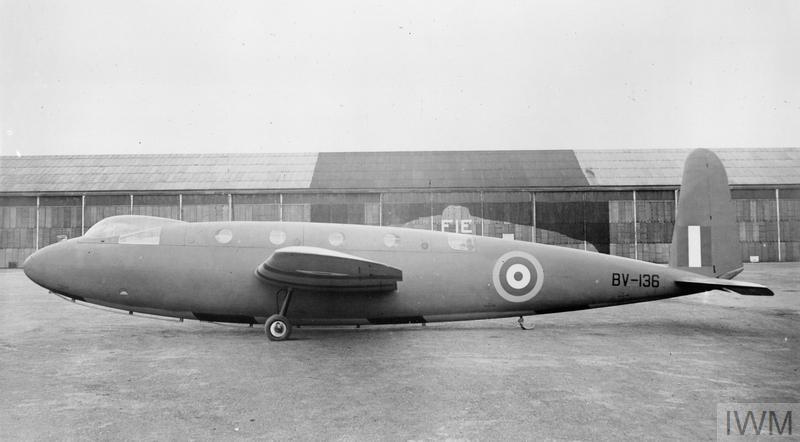
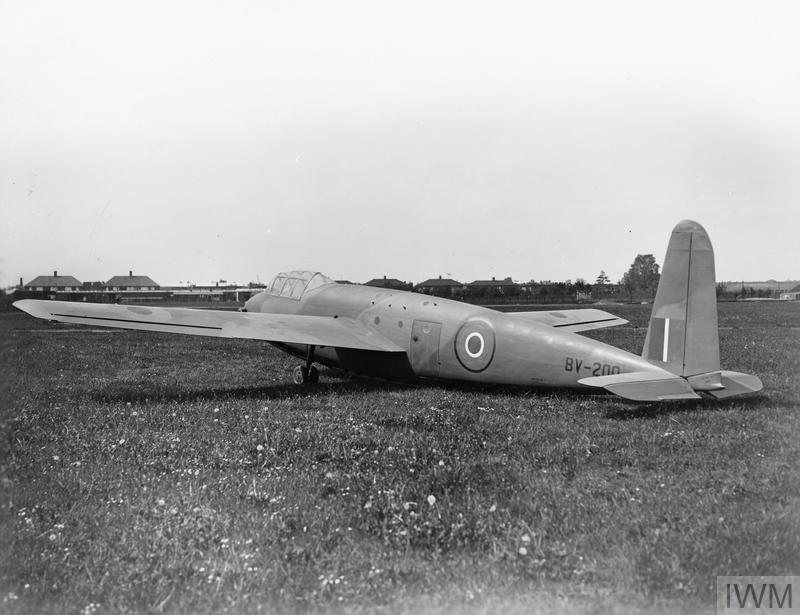
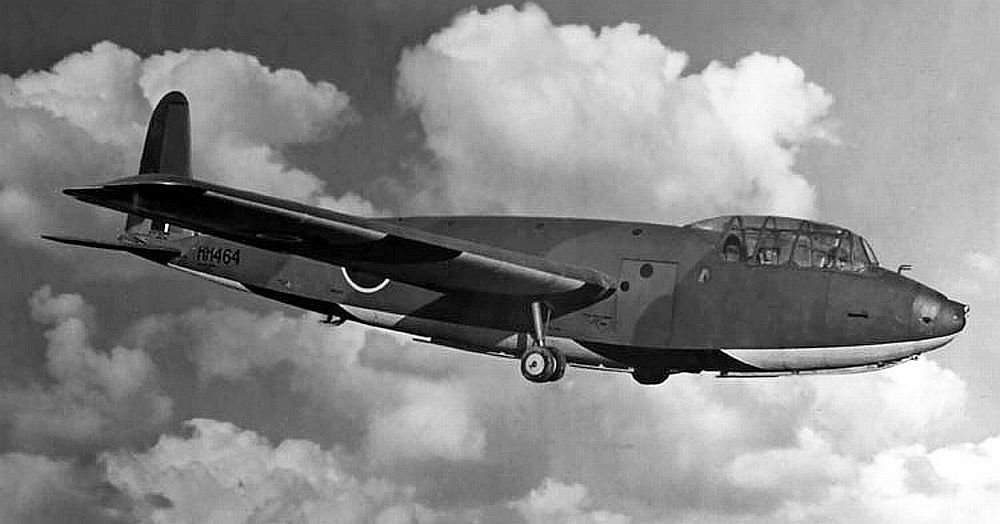
...also available, just once, as a twinned version.
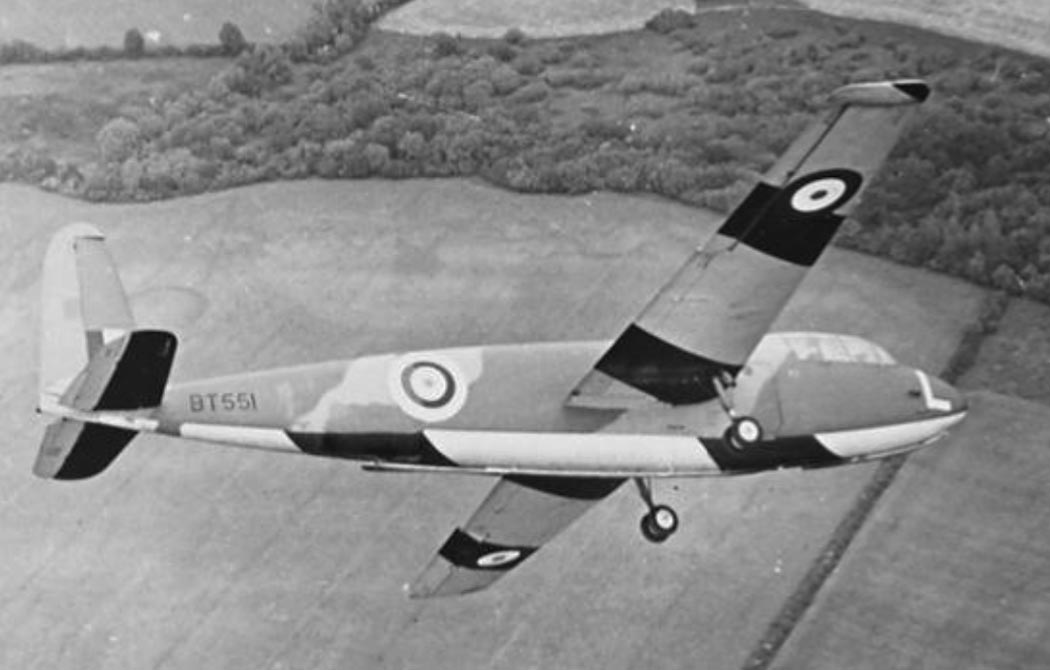
The Hamilcar was quite successful. The Hotspur less so due to changes in airborne doctrine. They could only accommodate eight guys, and that was deemed too few to bring to a party in one load. They served as trainers, and in this role did well.


(and a big ol' girl she was, too)

...and the rather-lovely Hotspur...



...also available, just once, as a twinned version.

The Hamilcar was quite successful. The Hotspur less so due to changes in airborne doctrine. They could only accommodate eight guys, and that was deemed too few to bring to a party in one load. They served as trainers, and in this role did well.















































































